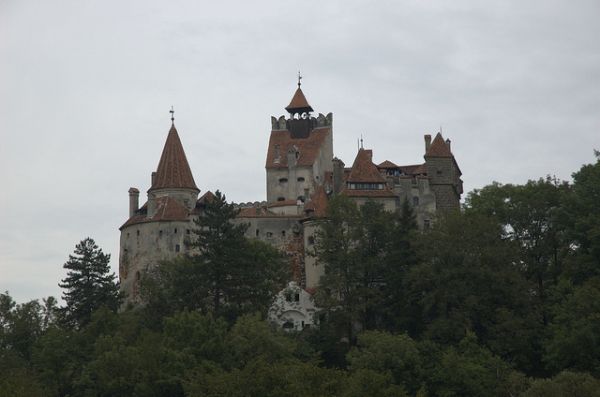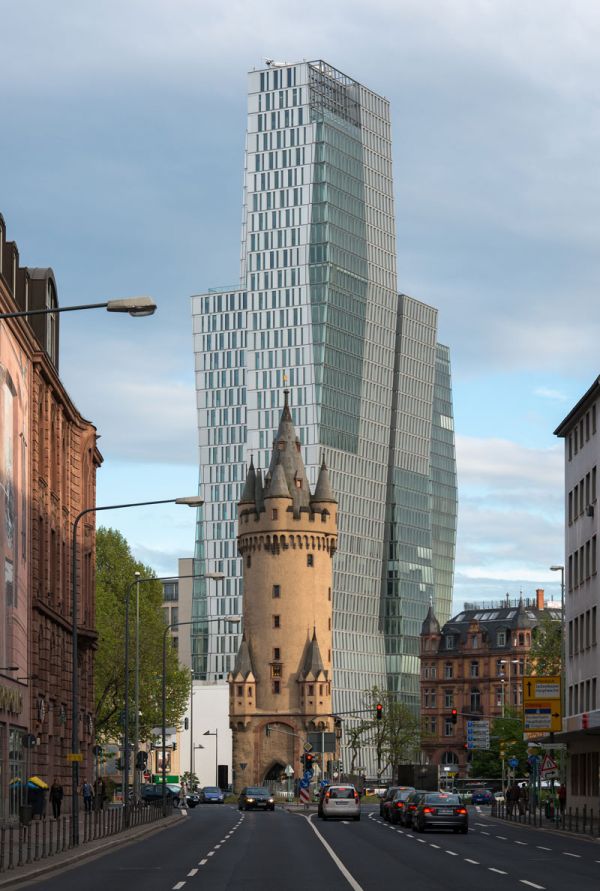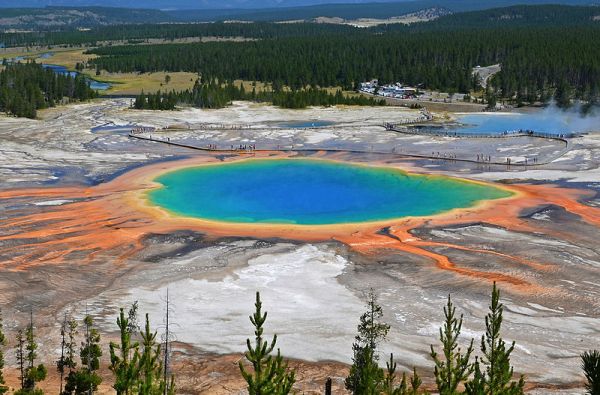Yeah, it's like that ...!
Carolina Naturally is read in 199 countries around the world daily.
Oh, waitress ... !
Today is - National Wait Staff Day
Don't forget to visit our sister blog: It Is What It Is
Some of our reader today have been in:
The Americas
L'ancienne-Lorette, Joliette, Vancouver, Ottawa and Montreal, Canada
Salemburg, Lititz, Genesse, Pasadena and Manhattan, United States
Santiago, Chile
Bogota and Barranquilla, Colombia
Sao Paulo, Rio De Janeiro and Curitiba, Brazil
Tijuana, Mexico
Luquillo, Puerto Rico
Buenos Aries, Argentina
Europe
Bucharest and Galati, Romania
Oberhausen,
Wiesbaden, Munchweiler An Der Rodable, Nuremberg, Frankfurt Am Main,
Dresden, Berlin, Rothe Erde and Hamburg, Germany
Giresun, Afyonkarahisar and Istanbul, Turkey
London, Cambridge, Slough, Maidenhead and Pool, England
Bologna, Ivrea, Due Carrare, Rome and Ravenna, Italy
Valbo and Kista, Sweden
Lyon, Salon-DE-Provence, Rouen and Paris, France
Granada, Madrid and Algeciras, Spain
Stenlille and Arhus, Denmark
Ryazan, Moscow, Vladivostok and Mosrentgen, Russia
Donets'k and Vinnytsya, Ukraine
Reykjavik, Iceland
Warsaw, Poland
Dublin And Limerick, Ireland
Dubrovnik, Croatia
Yerevan, Armenia
Sarajevo, Bosnia and Herzegovina
Kaunas, Lithuania
Bratislava, Slovakia
Arendal, Norway
Asia
Mumbai, Noida, Kolkata, Sri Karanpur, Thiruvananthpuram, Shillong and Suratgarh, India
Colombo, Sri Lanka
Doha, Qatar
Riyadh, Saudi, Arabia
Al Haritah and Bayji, Iraq
Seri Kembangan, Kuala Lumpur and Alor Setar, Malaysia
Islamabad, Pakistan
Bangkok, Thailand
La Dagotiere, Mauritius
Dubai, United Arab Emirates
Hanoi, Vietnam
Taipei, Taiwan
Jakarta, Indonesia
Tehran, Iran
Africa
Lome, Togo
Cape Town and Johannesburg, South Africa
Al Jizh, Egypt
Algiers, Algeria
The Pacific
Sydney, Australia
Auckland, New Zealand















